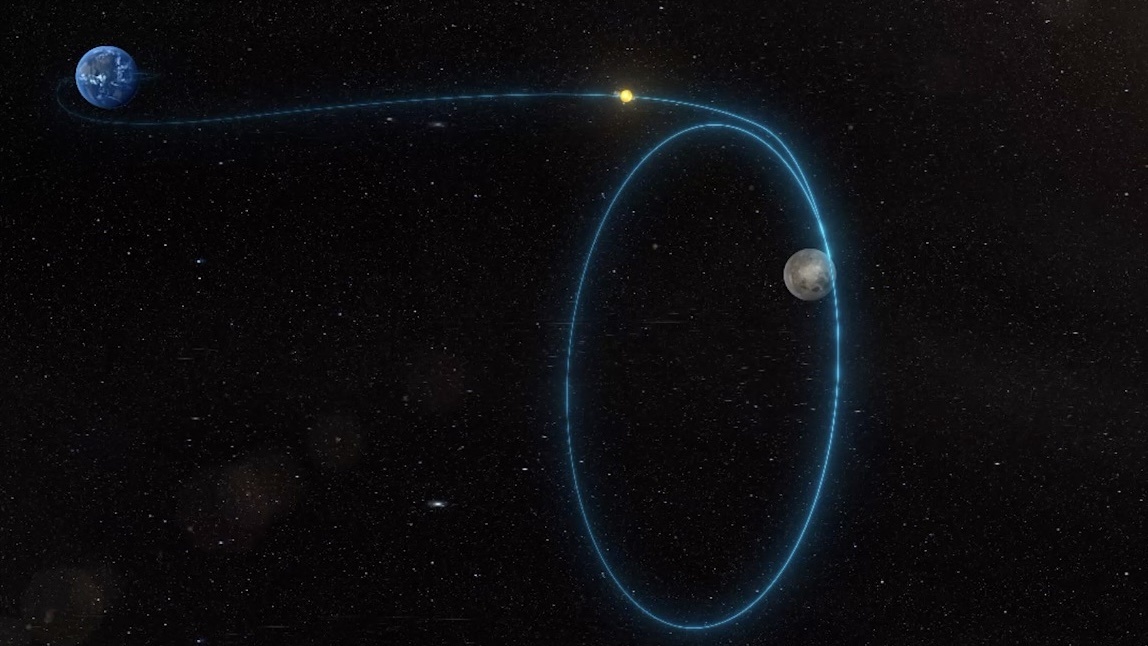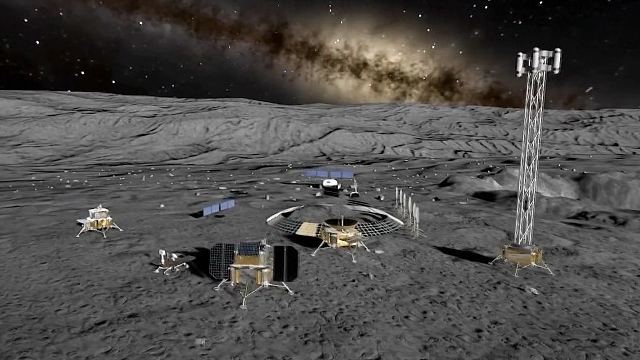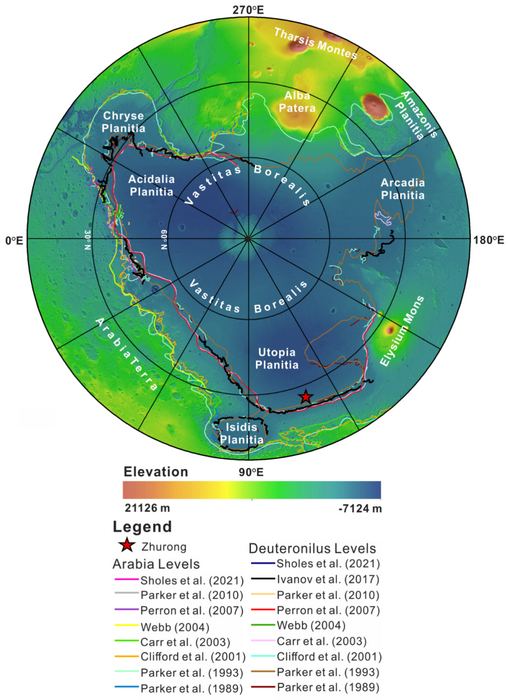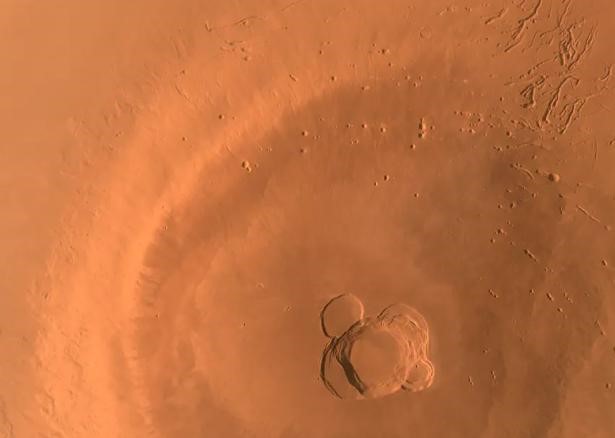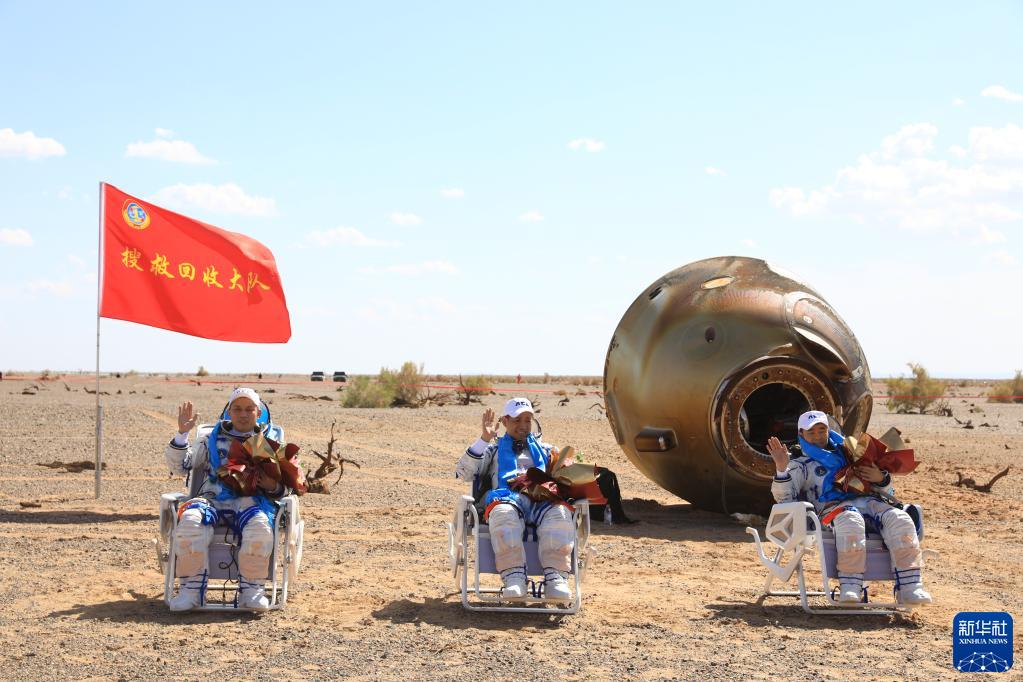China’s space program has advanced considerably since the turn of the century. In addition to developing heavy-launch vehicles like the Long March 5 and building a modular space station in orbit, China has also embarked on an ambitious program of lunar exploration (Chang’e) – which has launched six robotic missions to explore the Moon’s surface since 2007. These missions are paving the way for crewed missions to the Moon by 2030 and creating a permanent habitat around the Moon’s southern polar region – the International Lunar Research Station (ILRS).
They also plan to send crewed missions to Mars by 2033, which will culminate in the creation of a permanent base there too. Earlier today, the Chinese Academy of Sciences (CAS), the China National Space Administration (CNSA), and the China Manned Space Agency (CMSE) jointly released the country’s first long-term scheme for space science and exploration. Titled “National Medium—and Long-Term Development Plan for Space Science (2024-2050),” this plan elaborated on the basic principles, development goals, and roadmap for the country’s space science and exploration through 2050.
Continue reading “China Releases its First Roadmap for Space Science and Exploration Through 2050.”

